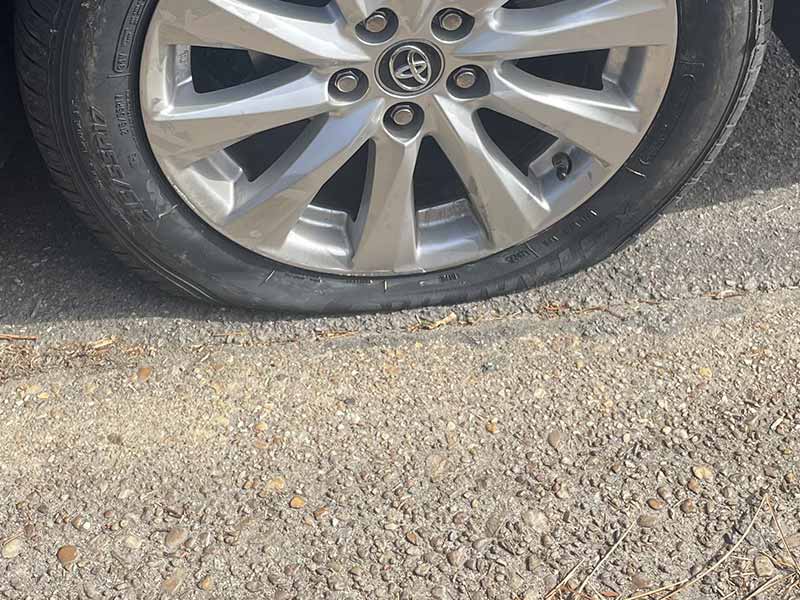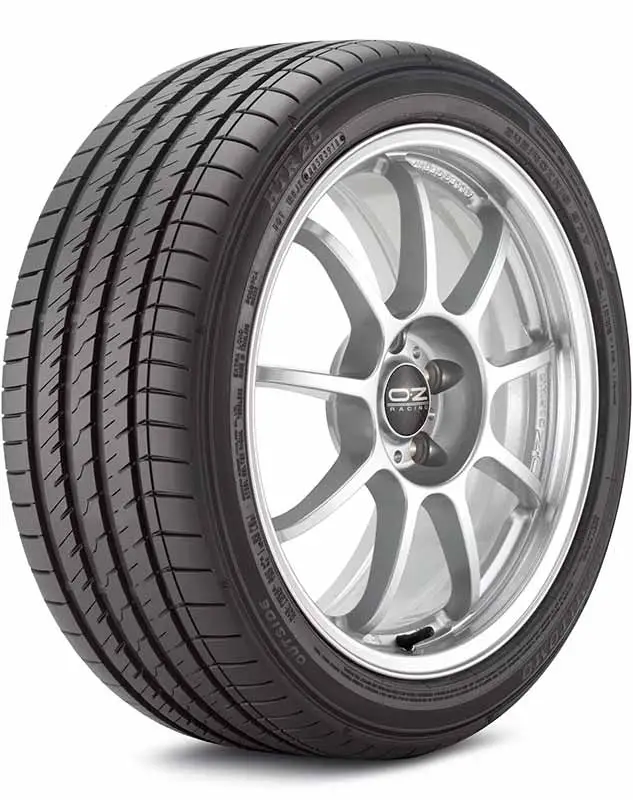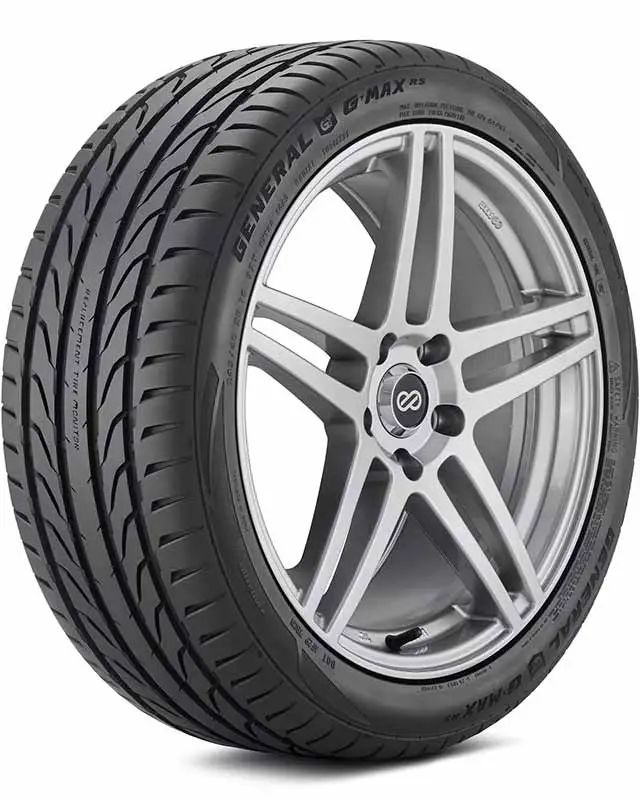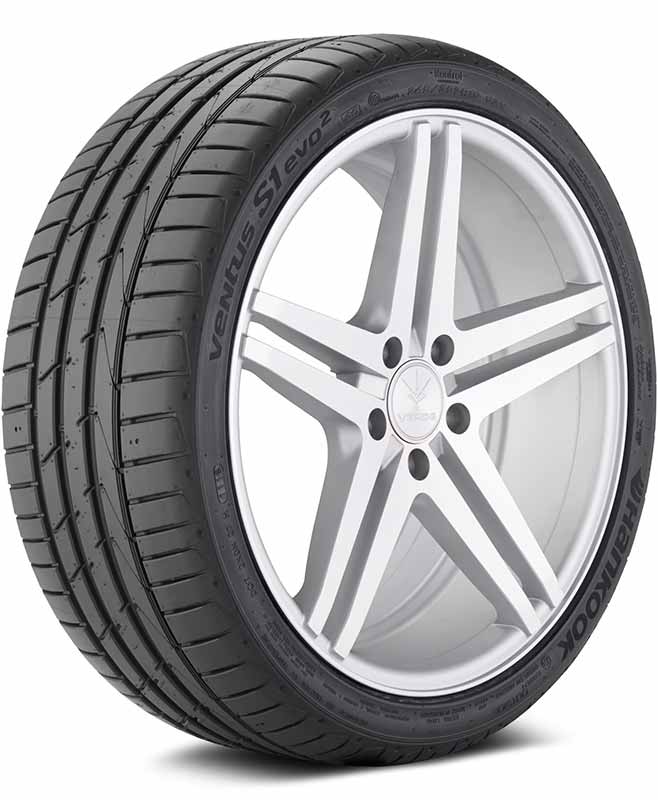Ever noticed an odd vibration or thumping noise while driving? Chances are, you might be dealing with flat spots on your tires. This common issue, often arising from prolonged parking or storage, can range from a temporary annoyance to a serious safety concern.
How To Get Rid Of Flat Spots On Tires
Flat spots on tires from sitting can sometimes be temporary and resolve with regular driving, but in cases of prolonged parking or severe conditions, they may become permanent, requiring tire replacement.
In this article, we’ll explore how to identify, assess, and address flat spots on tires. From understanding the signs of damage to learning when a replacement is necessary, we cover everything you need to keep your ride smooth and safe.
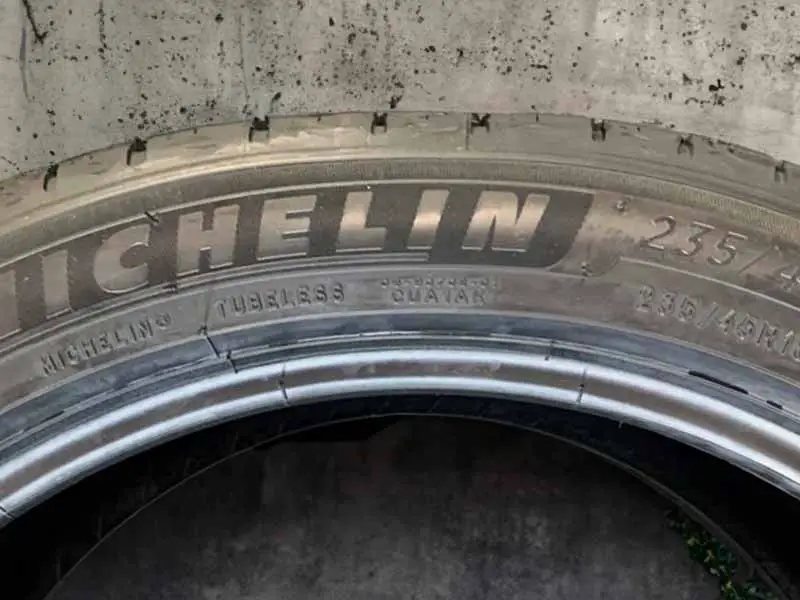
Identifying Flat Spots: Symptoms and Signs
Flat spots on tires are more than just a nuisance; they’re a red flag for your vehicle’s health and safety. But how can you tell if your tire has taken a hit from sitting too long? Let’s dive into the telltale signs.
The Telltale Thump and Vibration
- Thumping Noise: It’s hard to miss. If your car seems to be playing a rhythmic beat as you drive, especially at lower speeds, it’s time to check your tires.
- Vibrations: Feel like you’re driving on a bumpy road even when it’s smooth? Excessive vibration can be a sign of a flat spot.
Visual Inspection: It’s All in the Look
- Shape Distortion: Take a close look at your tires. Do they still have that perfect roundness, or do they seem a bit… off?
- Surface Wear: Uneven wear is a dead giveaway. If one part of the tire looks more worn than the rest, you might be dealing with a flat spot.
Performance Hiccups
- Steering Response: Is your car not as sharp in the turns as it used to be? Flat spots can affect handling.
- Braking Issues: Notice any changes in braking? Uneven tire surfaces can lead to less effective stops.
When to Seek Help
If you’re noticing any of these symptoms, it’s best to get an expert opinion. A professional can assess whether your tire needs replacing or if it’s safe to continue using. For more in-depth information on tire maintenance and care, don’t forget to explore our comprehensive Tire Maintenance Guide.
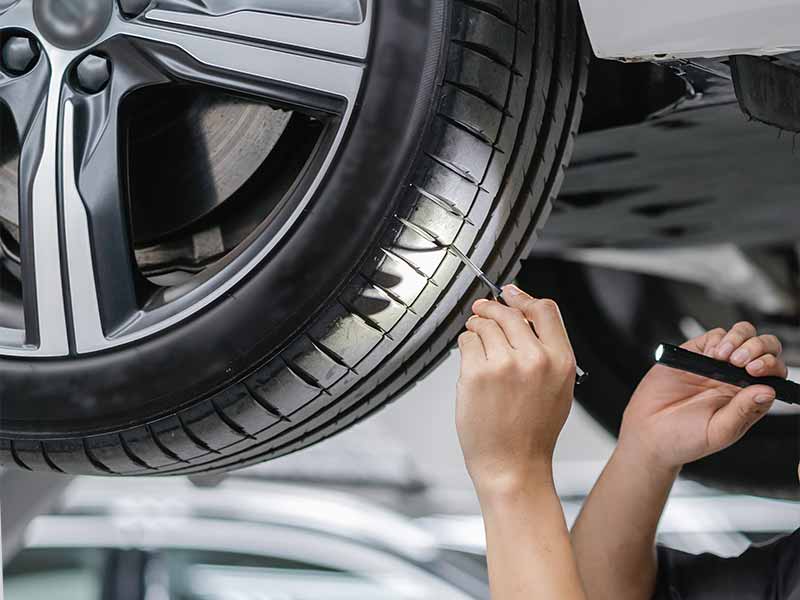
Assessment Guide: Evaluating Tire Damage
Knowing when to say goodbye to a tire with flat spots can be a bit of a puzzle. Here’s a straightforward guide to help you crack it.
Step 1: The Initial Check-Up
- Visual Inspection: First things first, give your tire a good look-over. Are there obvious flat spots? How’s the overall tread depth looking?
- Air Pressure Test: Ensuring your tires are properly inflated is crucial. Incorrect air pressure can exacerbate flat spot issues.
Step 2: The Roll Test
- Slow Roll: Safely drive your vehicle at a low speed. Pay attention to any irregularities in the ride.
- Listening for Clues: Can you hear a rhythmic thump or experience vibrations? These are key indicators of flat spots.
Step 3: Professional Insight
- Get an Expert’s Opinion: If you’re unsure or your inspection raises concerns, it’s time to seek professional help. A tire expert can assess the severity of the flat spots and advise on the best course of action.
Final Decision: Repair or Replace?
- Assessing Damage Level: Minor flat spots might improve with use, but severe cases often require tire replacement.
- Safety First: Always prioritize safety. If in doubt, replacing the tire is the safest bet.
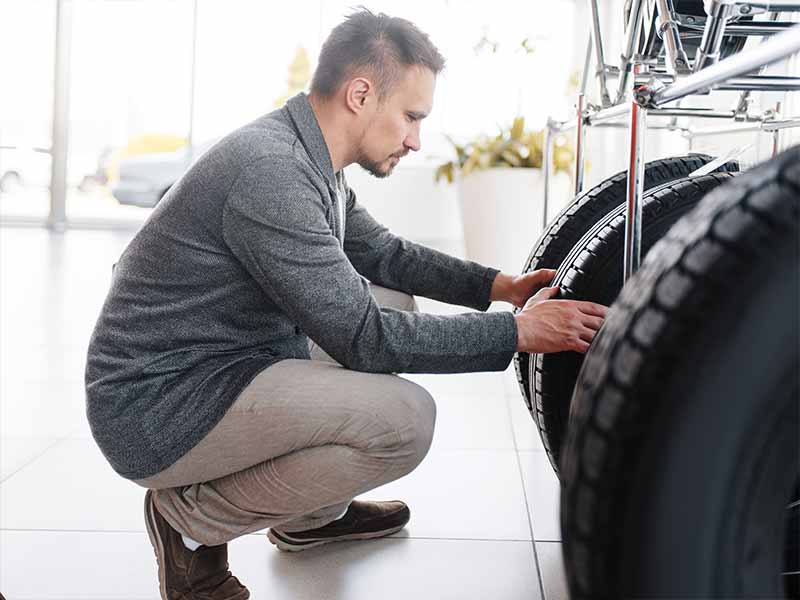
Case Scenarios: When to Replace Tires
Navigating the decision to replace tires due to flat spots can feel like a tightrope walk. Let’s simplify it with some real-world scenarios.
Scenario 1: The Commuter’s Conundrum
- Situation: Your car sat in the garage during a two-week vacation. Now, there’s a mild vibration at lower speeds.
- Decision: Monitor for a few days. Often, mild flat spots from short-term sitting resolve themselves.
Scenario 2: The Stored Classic
- Situation: A classic car stored for months shows significant flat spots.
- Decision: In cases of prolonged sitting, the flat spots may be permanent. Replacing the tires is likely necessary for safety.
Scenario 3: The Weekend Warrior
- Situation: Your weekend sports car feels off in the handling after being parked for a few weeks.
- Decision: Check for flat spots. If handling is compromised, replacing the tires is advisable for performance and safety.
Expert Tip: When in Doubt, Replace
- Safety First: Compromised tires can significantly affect vehicle safety. When flat spots seem severe, opting for replacement is the best choice.

Fixing Flat Spots: Can They Be Repaired?
When it comes to fixing flat spots, the answer isn’t always cut and dry. Here’s how to approach this tricky question.
Temporary vs Permanent Flat Spots
- Temporary Flat Spots: Often occur after a vehicle has been stationary for a short period. They usually resolve after the tire warms up through driving.
- Permanent Flat Spots: Caused by long-term storage or severe conditions. These are less likely to self-correct and often require more drastic measures.
Repair Options
- For Minor Issues: Sometimes, simply driving for a period can even out minor flat spots.
- Professional Assessment: For more severe cases, a tire professional can offer repair solutions or suggest replacement if needed.
Balancing and Alignment
- Wheel Balancing: If flat spots are minor, balancing the wheels can help.
- Alignment Check: Ensuring your vehicle’s alignment is correct can also prevent uneven tire wear.
The Bottom Line: Safety and Performance
- Safety Considerations: If there’s any doubt about the integrity of the tire, replacement is the safest option.
- Performance Impact: For high-performance vehicles, even minor flat spots can affect handling and should be addressed promptly.

Prevention: Best Practices in Tire Maintenance
To prevent flat spots, proactive tire maintenance is key. Here’s how to ensure your tires stay round and ready.
Regular Use and Rotation
- Drive Regularly: Prevent flat spots by using your vehicle frequently.
- Tire Rotation: Regular tire rotation helps maintain even wear, reducing the risk of flat spots.
Proper Storage Techniques
- Inflate Correctly: Before storing your vehicle, ensure the tires are inflated to the recommended pressure.
- Use Jack Stands: For long-term storage, placing the vehicle on jack stands can alleviate pressure on the tires.
Avoiding Harsh Conditions
- Limit Exposure: Keep your vehicle away from extreme temperatures and sunlight, which can exacerbate tire issues.
- Smooth Surfaces: Park on flat, smooth surfaces to reduce the risk of flat spots.
Regular Inspections
- Check Tire Pressure: Regularly check and adjust tire pressure according to the manufacturer’s specifications.
- Visual Checks: Regularly inspect your tires for early signs of flat spotting or uneven wear.

Myths vs. Facts
In this section, we’ll debunk common myths and lay out the facts about flat spots on tires, especially focusing on the query, “will flat spots on tires go away”.
Myth: Flat Spots Always Disappear on Their Own
- Fact: While temporary flat spots can improve with driving, permanent flat spots caused by prolonged storage or damage won’t resolve without intervention.
Myth: All Flat Spots Require Tire Replacement
- Fact: Not necessarily. Minor flat spots often even out with regular driving. Only severe cases typically require replacement.
Understanding the Realities
- Varied Outcomes: The fate of a flat-spotted tire depends on factors like duration of immobility, tire material, and the severity of the flat spot.
- Expert Evaluation: When in doubt, a professional opinion can clarify whether a tire with a flat spot is safe to continue using or needs replacement.
Resources
Below are some links you may find helpful when learning about tires:
- What causes flat spots on tires? – Firestone
- Tire flat spotting. What is it? Does it go away? – Michelin
Final Thoughts
Navigating the world of tire flat spots can be tricky, but armed with the right knowledge, it becomes much simpler.
From identifying early signs to understanding when a replacement is necessary, this article has covered essential aspects to help ensure your vehicle remains safe and efficient.
Regular checks and maintenance are key to avoiding severe tire damage. Remember, your vehicle’s performance and safety are directly tied to the condition of your tires.
Good luck and happy motoring.
